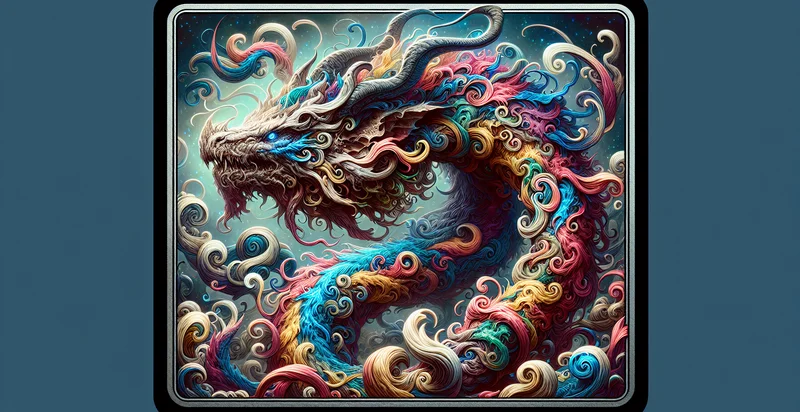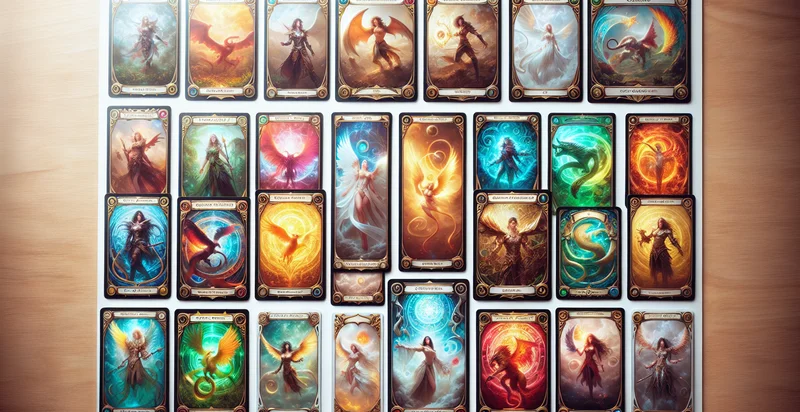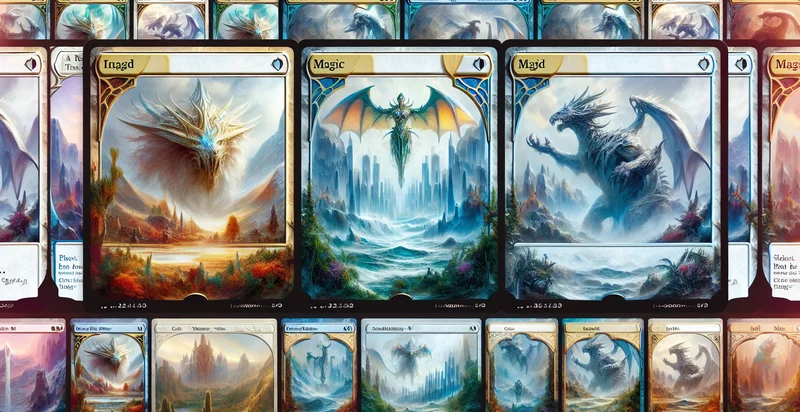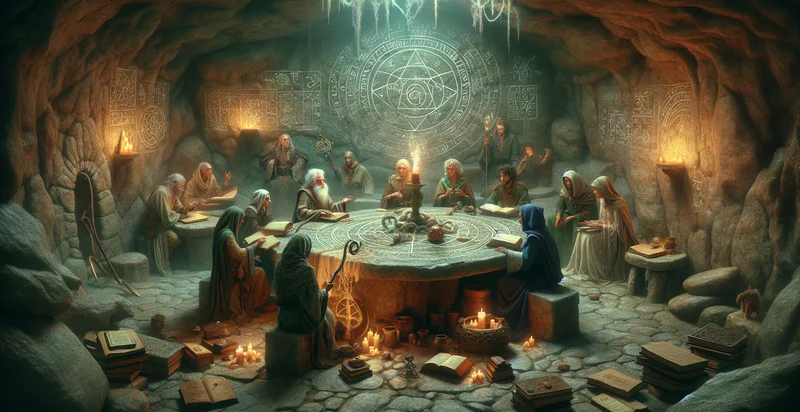Identify magic the gathering creature type
using AI
Below is a free classifier to identify magic the gathering creature type. Just upload your image, and our AI will predict what creature type it is - in just seconds.

Contact us for API access
Or, use Nyckel to build highly-accurate custom classifiers in just minutes. No PhD required.
Get started
import nyckel
credentials = nyckel.Credentials("YOUR_CLIENT_ID", "YOUR_CLIENT_SECRET")
nyckel.invoke("magic-the-gathering-creature-type", "your_image_url", credentials)
fetch('https://www.nyckel.com/v1/functions/magic-the-gathering-creature-type/invoke', {
method: 'POST',
headers: {
'Authorization': 'Bearer ' + 'YOUR_BEARER_TOKEN',
'Content-Type': 'application/json',
},
body: JSON.stringify(
{"data": "your_image_url"}
)
})
.then(response => response.json())
.then(data => console.log(data));
curl -X POST \
-H "Content-Type: application/json" \
-H "Authorization: Bearer YOUR_BEARER_TOKEN" \
-d '{"data": "your_image_url"}' \
https://www.nyckel.com/v1/functions/magic-the-gathering-creature-type/invoke
How this classifier works
To start, upload your image. Our AI tool will then predict what creature type it is.
This pretrained image model uses a Nyckel-created dataset and has 48 labels, including Aetherborn, Angel, Beast, Beetle, Bird, Bugbear, Cat, Centaur, Construct and Demon.
We'll also show a confidence score (the higher the number, the more confident the AI model is around what creature type it is).
Whether you're just curious or building magic the gathering creature type detection into your application, we hope our classifier proves helpful.
Related Classifiers
Need to identify magic the gathering creature type at scale?
Get API or Zapier access to this classifier for free. It's perfect for:
- Character Deck Optimization: Players can use the MTG creature type identifier to analyze their decks and optimize their performance. By accurately classifying creature types, players can determine synergies, maximize effects from tribal mechanics, and enhance card combinations for more effective gameplay.
- Card Collection Management: Collectors can leverage the function to categorize and manage their Magic The Gathering cards efficiently. By identifying creature types automatically, users can build comprehensive databases or inventories, making it easier to track, trade, or sell cards based on specific criteria.
- Market Analysis for Strategy Development: Game developers and analysts can utilize the identifier to study trends in creature types for market research. By analyzing popular creature types in top decks, they can make informed decisions about card design, expansion strategies, and market potential.
- Custom Card Game Creation: Designers of custom tabletop games can use the MTG creature type identifier to inspire balance and thematic coherence in their own game creations. Identifying creature types from existing MTG cards can help them create new mechanics that resonate with established gameplay while keeping innovation in mind.
- Educational Tools for New Players: The identifier can serve as an educational tool by helping new players learn about Magic The Gathering's diverse creature types. By providing instant feedback on creature classifications, players can better understand the mechanics and strategies associated with different types, enhancing their gameplay experience.
- Tournament Analytics and Insights: Organizers and analysts can use the function to study deck compositions in tournaments. By classifying the creature types of decks submitted, they can summarize insights about popular strategies, emerging meta trends, and overall creature distribution, which can aid in future tournament planning.
- Interactive Gaming Experiences: Developers can incorporate the MTG creature type identifier into interactive apps or games. By integrating this function, applications can provide tailored gameplay experiences, recommendations, and real-time analysis of player decks, enhancing user engagement through personalized feedback.


